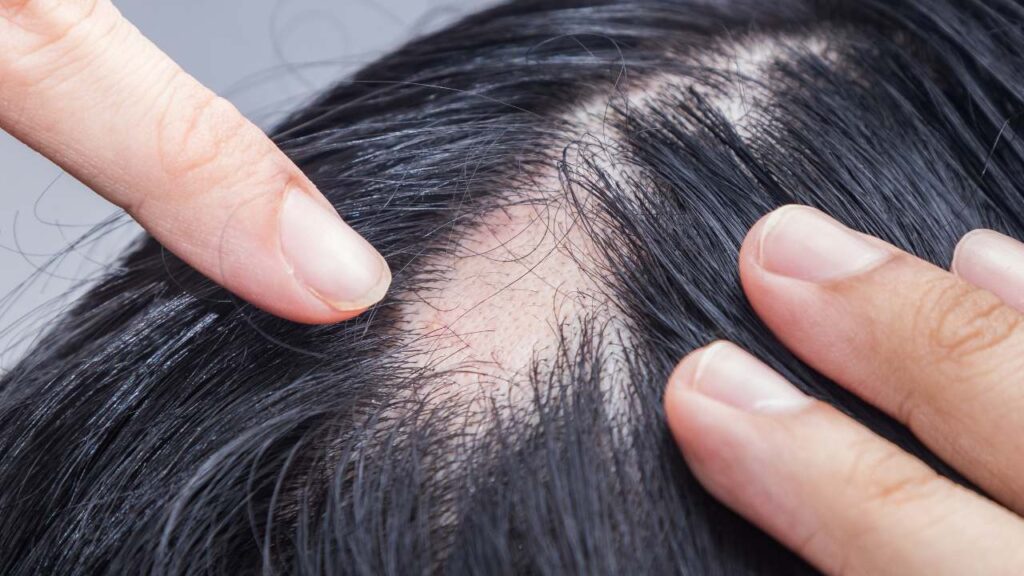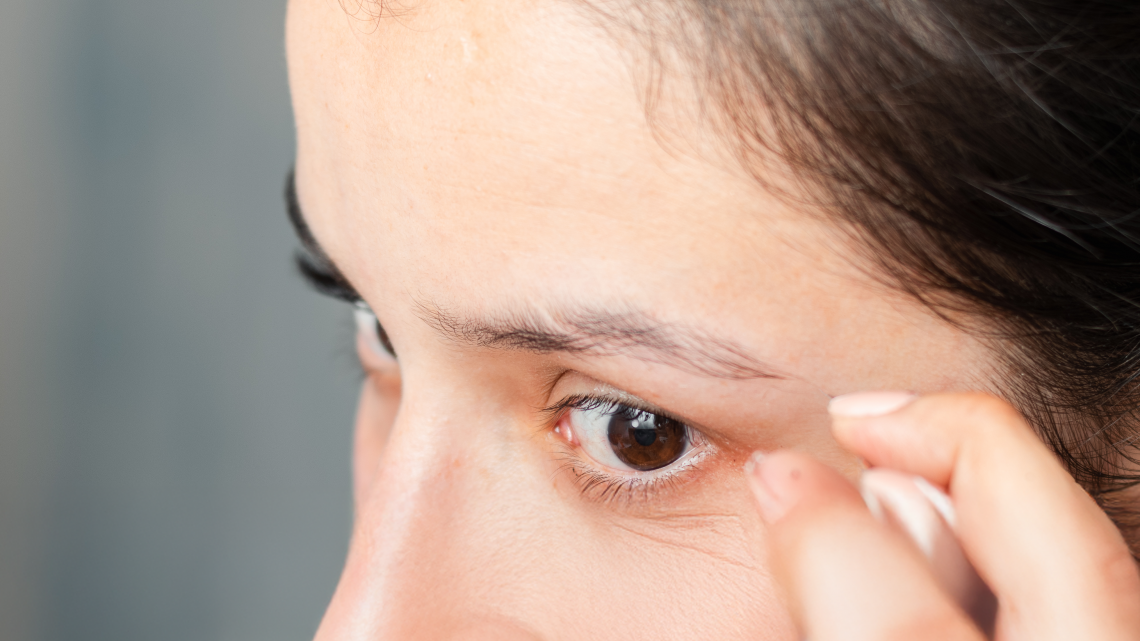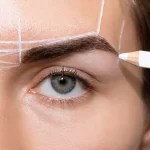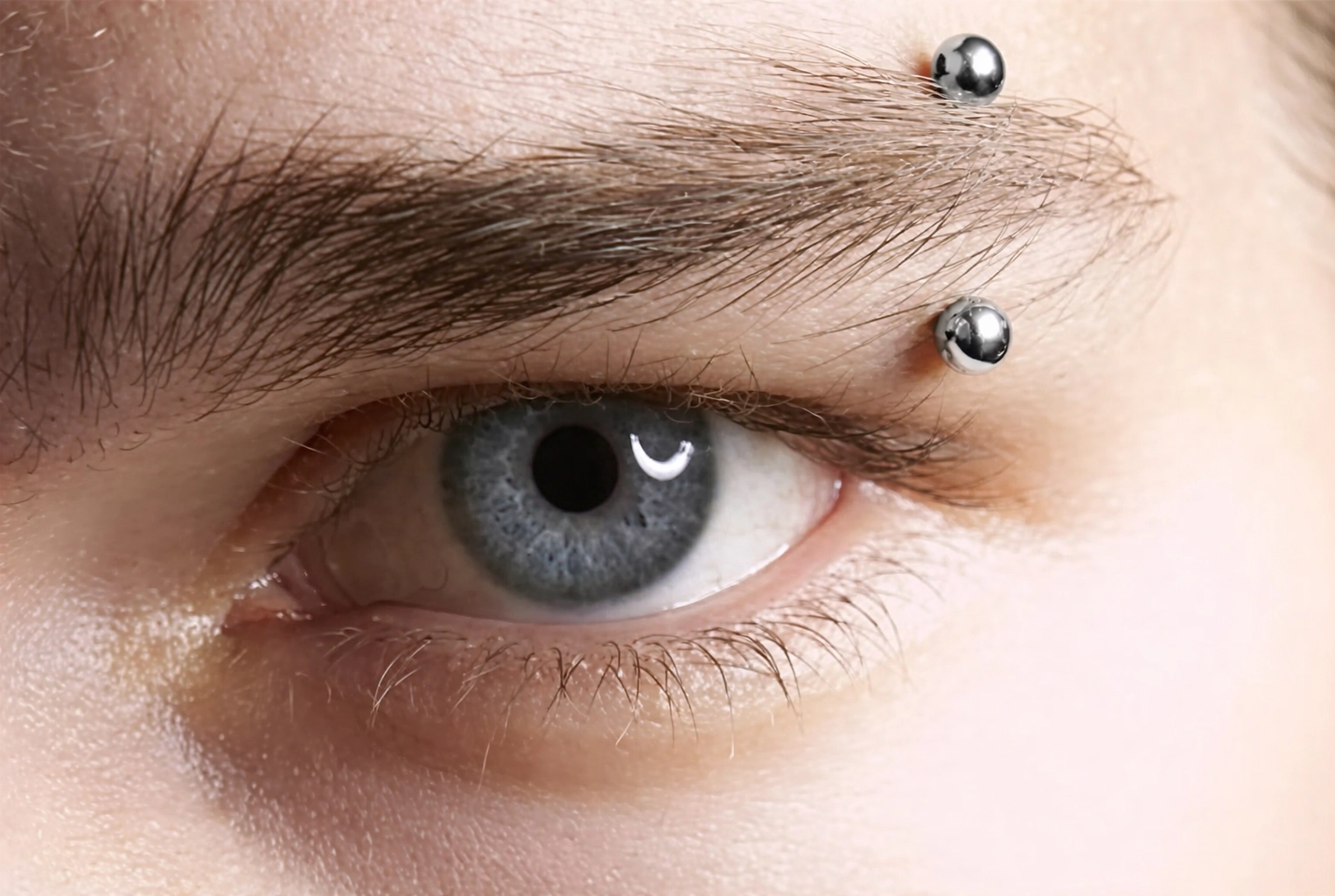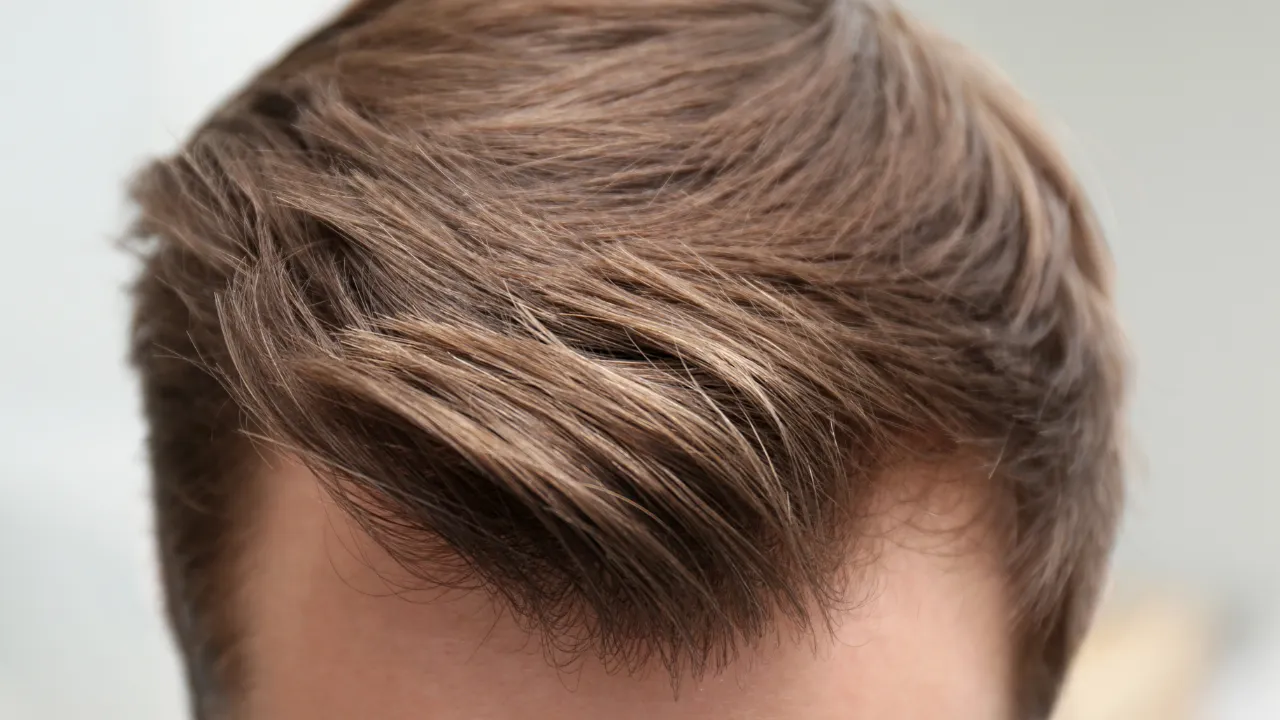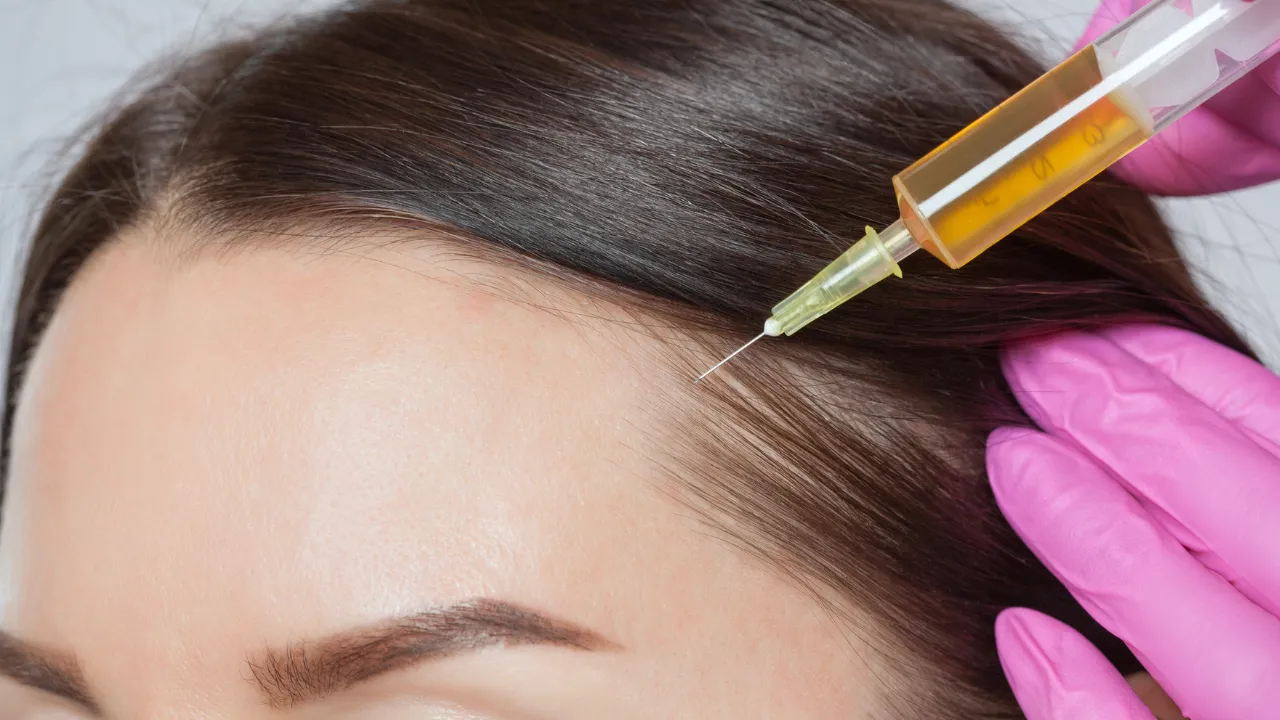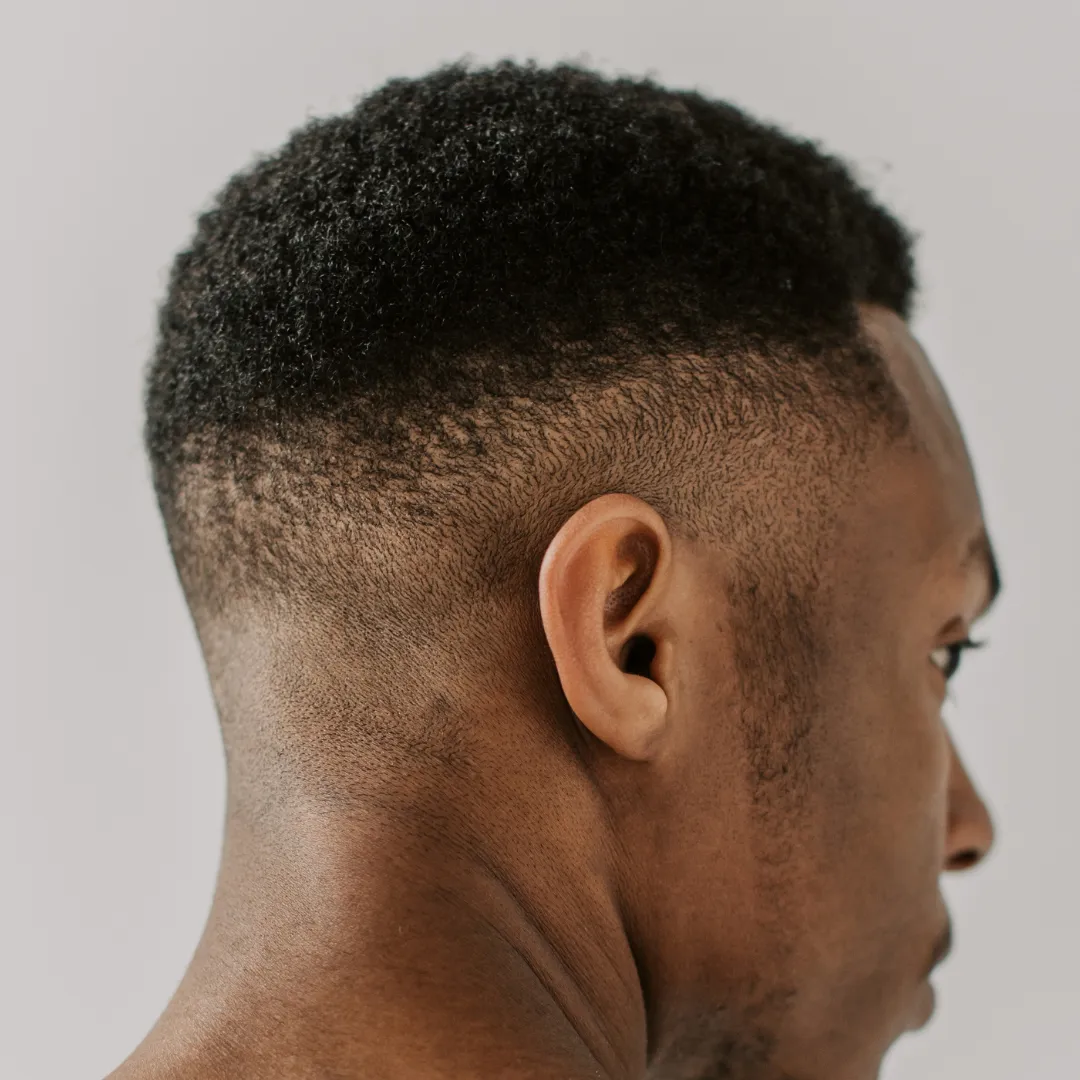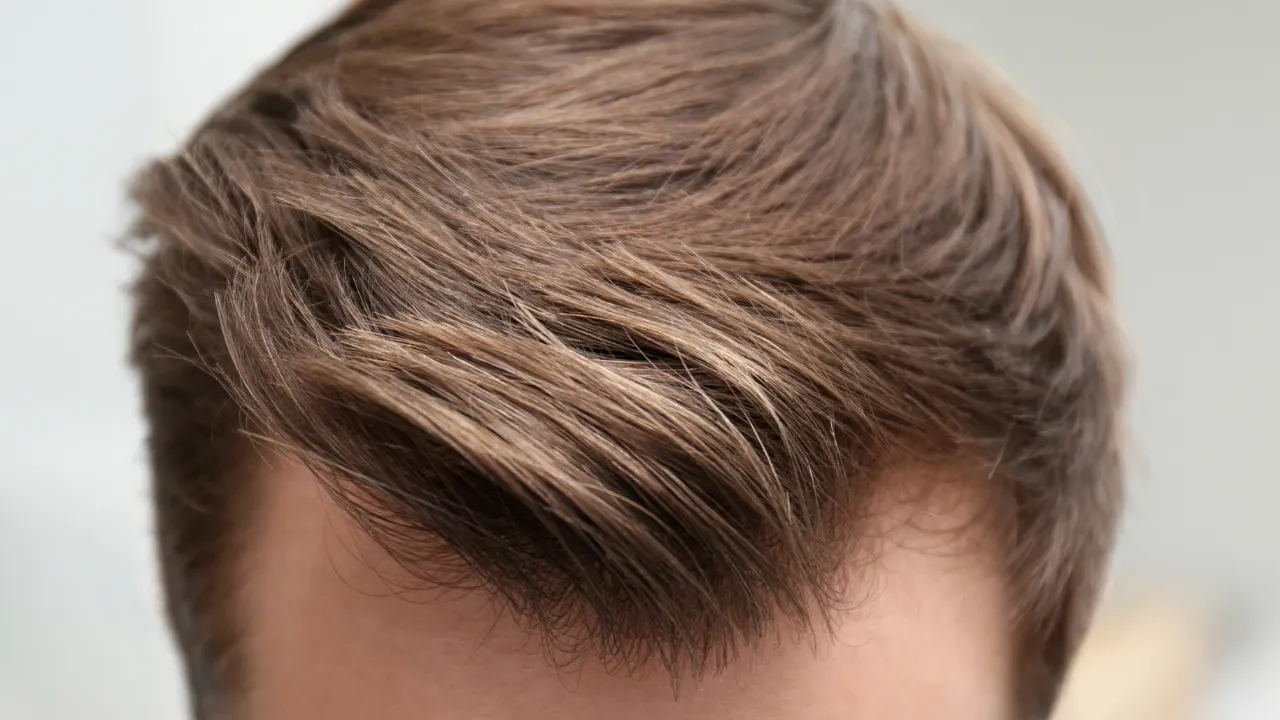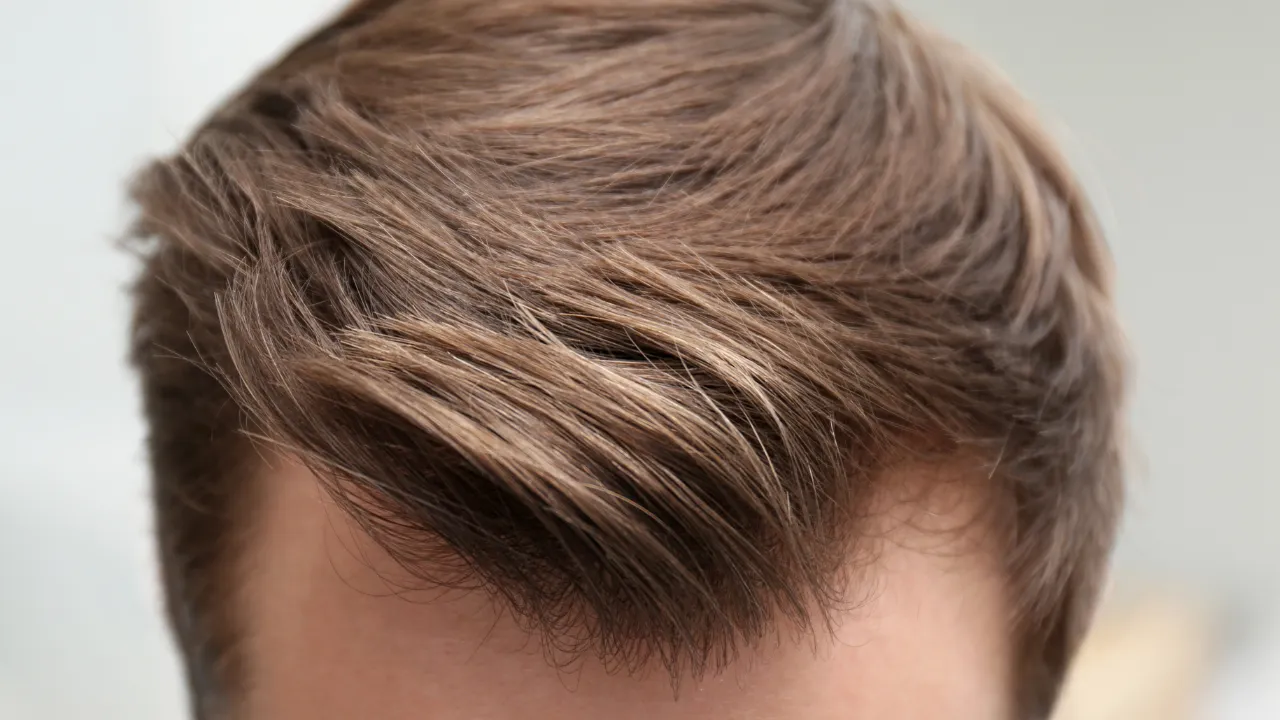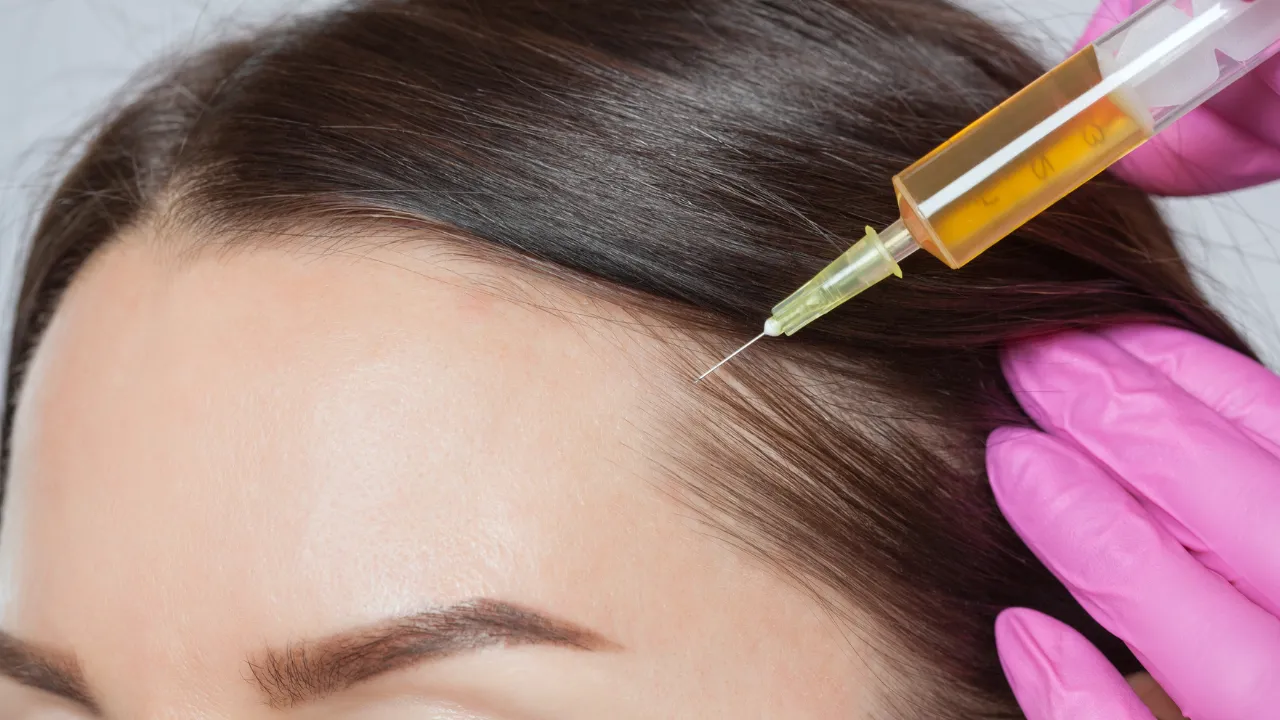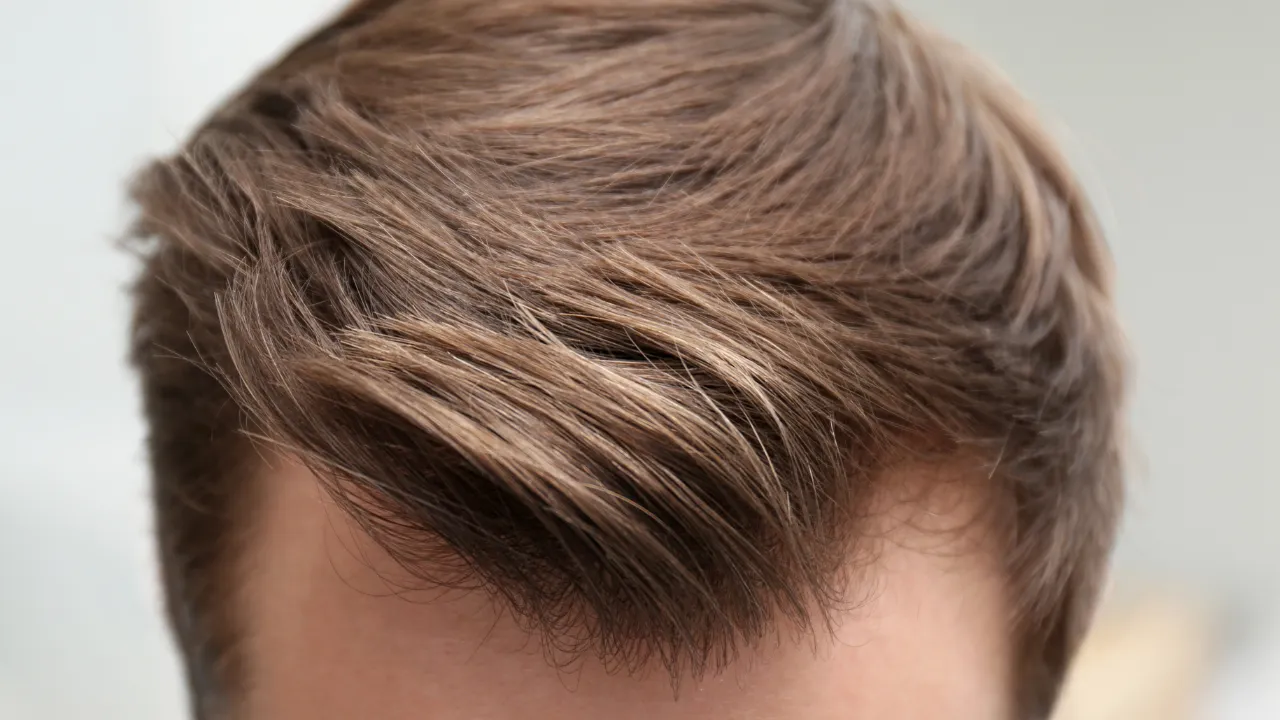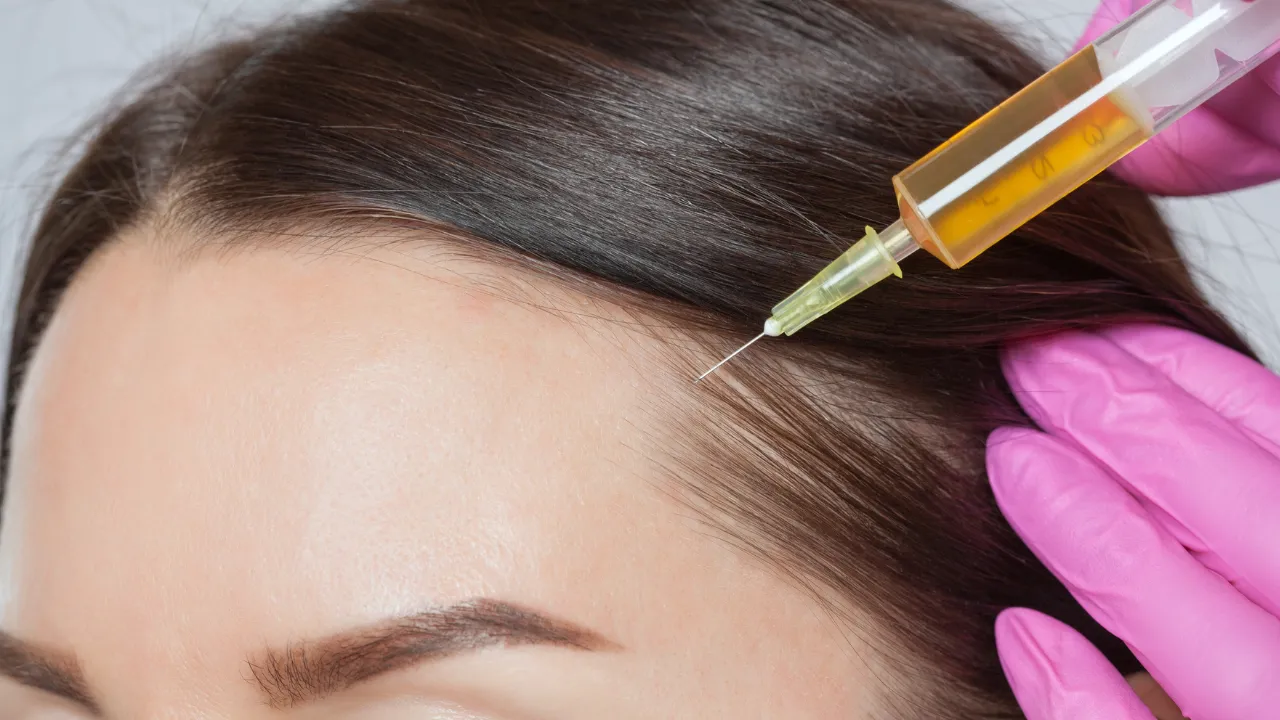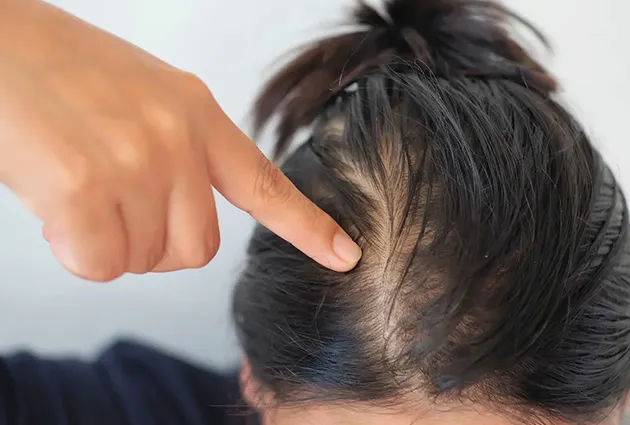Alopecia areata, an autoimmune condition marked by the sudden onset of patchy hair loss, can be an emotionally and psychologically taxing experience for many. As a hair restoration surgeon deeply involved in the treatment and management of various hair loss conditions, I’ve witnessed the profound impact alopecia areata can have on individuals. The unpredictable nature of this disease, coupled with the visible loss of hair, often leads patients to seek effective treatments that offer not just hope, but real results. Among the various therapeutic options available, cortisone injections stand out for their targeted approach and potential to significantly mitigate the effects of this condition.
Alopecia Areata and the Role of Cortisone Injections
Alopecia areata is driven by an autoimmune response that mistakenly targets hair follicles, leading to hair loss. This condition can affect any hair-bearing region, but it is most visibly distressing when it affects the scalp. The severity of alopecia areata can vary widely from a few discreet patches to more severe forms, such as alopecia totalis (total scalp hair loss) and alopecia universalis (complete body hair loss).
Cortisone injections, administered directly into the affected areas of the scalp, offer a promising solution by addressing the inflammation responsible for the hair loss. These injections deliver corticosteroids right where they’re needed, dampening the immune system’s attack on hair follicles. This intervention can not only halt the progression of hair loss but also stimulate the regrowth of hair. The treatment is particularly effective when initiated early in the course of the disease, offering the best chance for hair recovery and regrowth.
Treatment Process
The process of administering cortisone injections is precise, requiring not only a deep understanding of the condition but also a meticulous approach to ensure the treatment is both effective and minimally discomforting. Patients undergoing this treatment can expect to receive a series of injections directly into the bald patches. These injections, made with fine needles to minimize discomfort, distribute a corticosteroid solution across the affected areas to combat inflammation directly at the source.
The frequency and number of sessions vary from one individual to another, influenced by factors such as the extent of hair loss and the body’s response to treatment. Typically, treatments may be spaced approximately four to six weeks apart, with adjustments made based on the patient’s progress and the treatment’s efficacy.
Are You a Candidate?
Ideal candidates for cortisone injections are those diagnosed with alopecia areata who seek active intervention to manage their condition. The treatment is most effective for patients experiencing recent or ongoing hair loss, as early intervention offers the best outcomes. However, the effectiveness of cortisone injections can differ significantly among individuals, influenced by the duration of the condition and the extent of hair loss at the time treatment begins.
It’s crucial for patients to have realistic expectations regarding the results of cortisone injections. While many experience substantial hair regrowth, the degree of regrowth can vary. Some may achieve complete restoration, while others might see partial regrowth. Moreover, alopecia areata is a chronic condition that may require long-term management strategies, including repeat treatments, to maintain hair growth and manage new episodes of hair loss.
Side Effects and Embracing a Holistic Approach
Although cortisone injections are generally safe and well-tolerated, they are not without potential side effects. These can include temporary discomfort at the injection sites, slight bruising, and, in rare cases, changes in skin color or thinning of the skin in the treated areas. Engaging in an open and thorough discussion with a hair restoration specialist is essential to understand these risks and how they weigh against the potential benefits.
For many, cortisone injections are part of a comprehensive treatment strategy that might include other modalities such as topical treatments, light therapy, or systemic medications. A multifaceted approach can sometimes enhance the effectiveness of treatment, addressing the condition from multiple angles and offering the best chance for a positive outcome.


